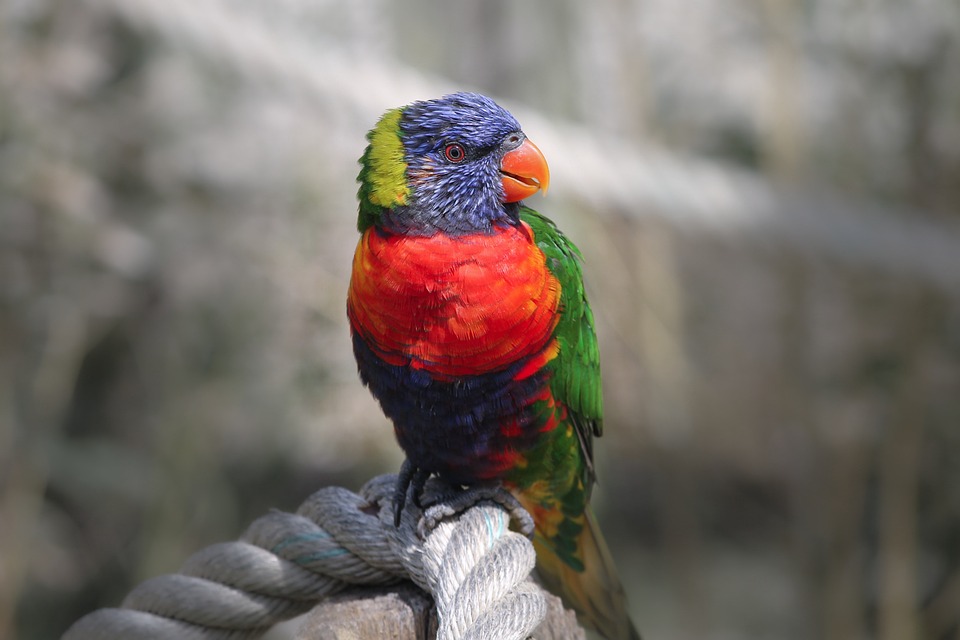Parrots are highly intelligent creatures that possess an incredible capacity for learning. As a parrot owner, it is essential to recognize signs of eagerness and willingness to learn in your feathered friend. By understanding these signs, you can effectively engage your parrot in training sessions and foster a strong bond. In this article, we will explore the various ways to identify when your parrot is ready and enthusiastic about learning new things.
When a parrot is eager to learn, it will actively engage with its surroundings and communicate in various ways. Look for signs such as vocalization, body language, and eye contact. An excited parrot will often vocalize with clear and distinct sounds, expressing its enthusiasm. Additionally, observe your parrot’s body posture. An eager parrot will lean forward, fluff its feathers, and may even bob its head. When a parrot wants to learn, it will make direct eye contact with you, showing its focus and attention.
Curiosity is a strong indicator of a parrot’s willingness to learn. Keep an eye out for behaviors such as investigating objects and manipulating them. If your parrot actively explores and investigates new toys or objects in its environment, it is likely eager to learn new things. Parrots that show interest in manipulating objects are often more motivated to learn. They may use their beaks or feet to interact with toys or puzzles.
Parrots are highly food-motivated creatures, and their eagerness for treats can be harnessed during training sessions. Look for signs such as an increased appetite and excitement when offered treats or favorite foods. If your parrot readily performs tasks or tricks in exchange for treats, it indicates a strong desire to learn and be rewarded.
During training sessions, a parrot’s active participation demonstrates its eagerness to learn. Look for behaviors such as voluntarily stepping onto your hand or a perch to participate in training sessions. Additionally, a parrot that grasps new concepts swiftly and shows progress in training is highly motivated and eager to learn.
It is important to note that the time it takes for a parrot to show eagerness to learn can vary from bird to bird. Some parrots may show eagerness within a few days, while others may take weeks or even months. Patience and consistency in training are key.
If your parrot appears disinterested during training sessions, try incorporating more stimulating and interactive training methods. Experiment with different toys, treats, or training techniques to find what engages your parrot the most.
Parrots of all ages can exhibit eagerness to learn. However, older parrots may take longer to adapt to new training methods, so it’s important to be patient and adjust your approach accordingly.
If your parrot displays signs of fear or aggression during training, it is crucial to stop the session and reassess your approach. Consult with a professional avian behaviorist or trainer to address and overcome these issues.
While parrots are generally intelligent and capable of learning, individual personalities can vary. Some parrots may naturally be more eager to learn, while others may require additional motivation and patience.
In conclusion, recognizing signs of eagerness and willingness to learn in your parrot is essential for successful training. By paying attention to active engagement, curiosity, food motivation, and active participation, you can create a positive training environment and strengthen your bond with your feathered companion. Remember to be patient, consistent, and adapt your training methods to suit your parrot’s unique needs.









